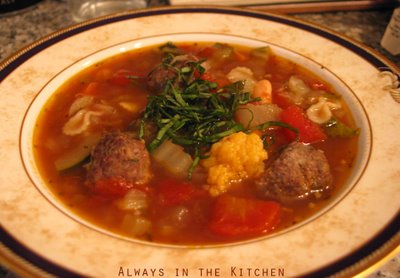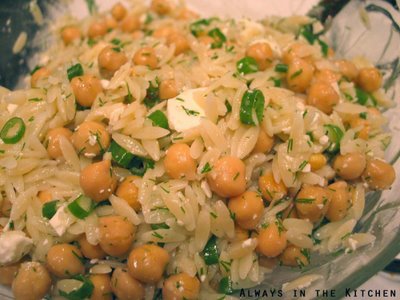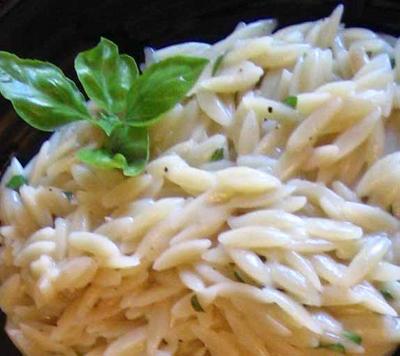 I love interesting salads, and summer seems to be the time when they really come out to play. I've made much of lentil salads, and couscous or quinoa salads, and of course the ever-beloved potato salads and pasta salads.
I love interesting salads, and summer seems to be the time when they really come out to play. I've made much of lentil salads, and couscous or quinoa salads, and of course the ever-beloved potato salads and pasta salads.Sometimes a salad is really all you want for dinner, on hot, summer days, something light and refreshing and vegetably. There's a lot of ways to get your fix. Greek and Turkish chopped salads are always a good side dish for food cooked on the grill, or to add a civilized touch to a burger feast. The ingredients generally vary from cook to cook, based on individual preferences, and once you find the ways that speak to you, they become ingrained. It can be a challenge, sometimes, to accept someone else's version of something you love, but that's a whole different story.
The salad above is the Sesame Peanut Noodles from Nigella Express, from which I have already made a number of recipes, generally to good effect. This was no exception.
I had to fiddle a couple of things, because my peanut butter was a little on the dried-out side, so I needed to add a little more oil and a little warm water to sufficiently lubricate the ingredients into a sauce consistency. I also don't stock sweet chili sauce, so I simply used sambal oelek and a tiny drop of honey to balance its heat.
I also didn't blanche the vegetables, which may or may not have made a huge difference - I may try it that way next time, just to see what difference it really makes, but at the time I just wanted to get on with things. I did slice the peas, though, because I thought they would integrate better that way; I think I was right. I used fresh steam noodles from the grocer's, and cooked them as directed, since the already-cooked noodles looked a little too oily, for my tastes, and it worked just fine.
Finally, and you won't see it in the picture, because the photo is of the stash relegated to the fridge (it does indeed make rather a lot of food, this recipe) and I wanted it to be available for the vegetarian staying with us, I added some sliced chicken from a chicken breast that I quickly sauteed while everything else was going on. The chicken was a definite hit, and made the dish very much into a suppery sort of affair. I would do that again in a heartbeat, because I love the way the chicken soaks in the sauce, and the combination of the bright lime juice and vegetable flavours against the sultry back notes of toasted sesame oil and peanut.
The leftovers were lovely to take to work the following day, as promised. This is one for my permanent summer salad rotation. Joy!























